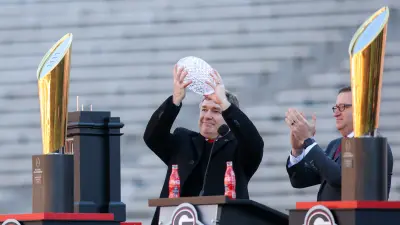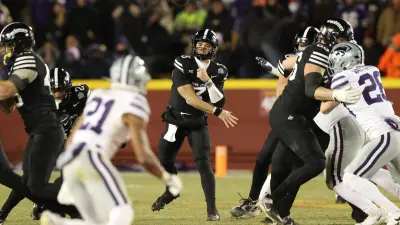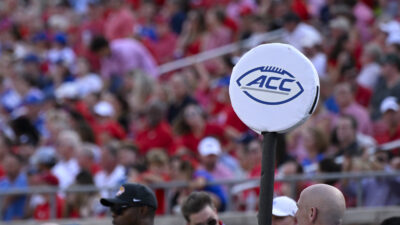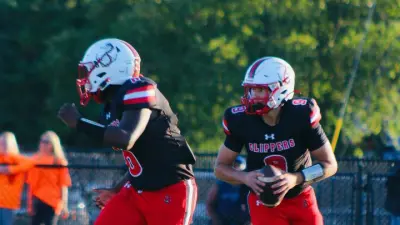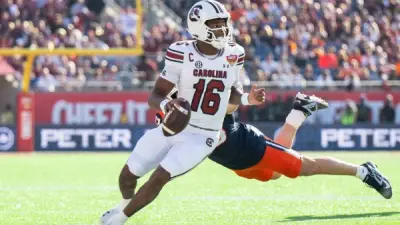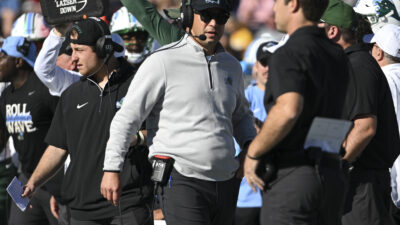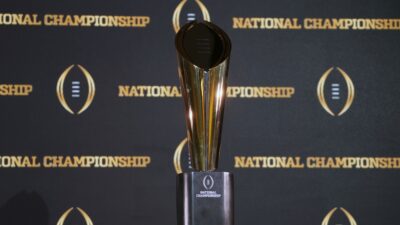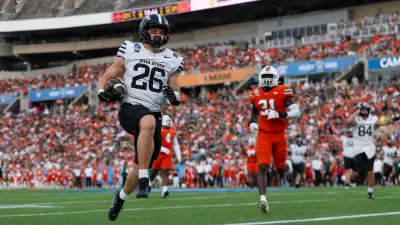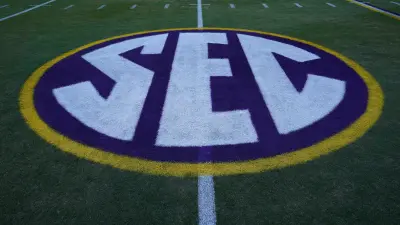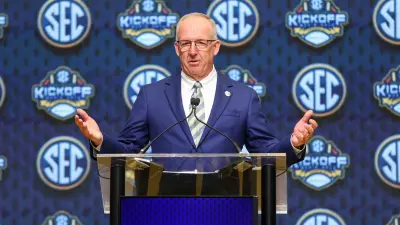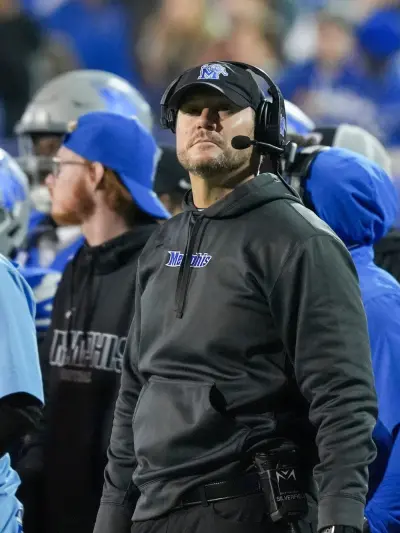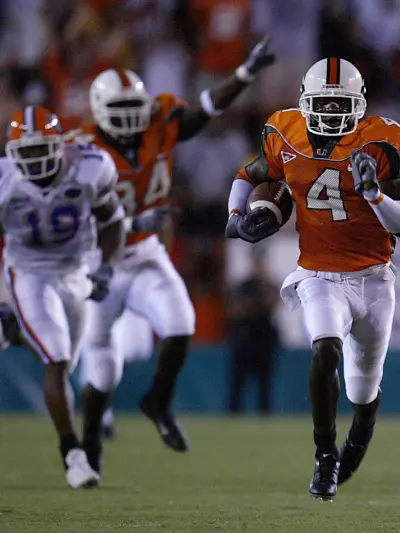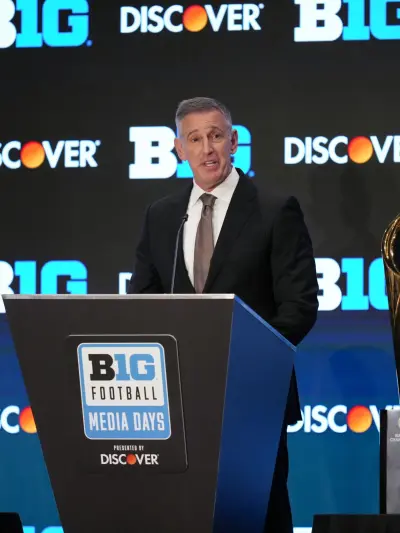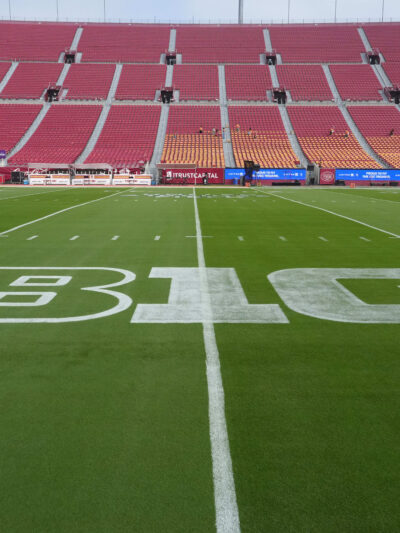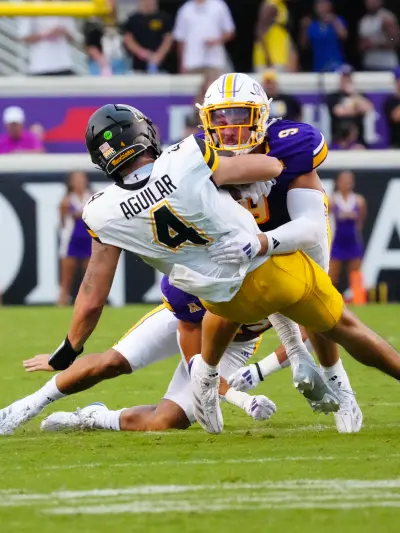After clinching their program’s fifth national championship in April, the University of Connecticut men’s basketball program wanted to be added to the most elite label of basketball schools: blue blood.
North Carolina, Duke, Kentucky, UCLA, Kansas, and Indiana are traditionally called blue bloods. The sports definition of blue blood is one of the most elite programs, whether in current times or historically.
In college football, there isn’t an official blue blood label for its most prestigious program, thus, it allows for great debates.
Here is my Blue Blood status check on all the programs that are considered blue bloods.
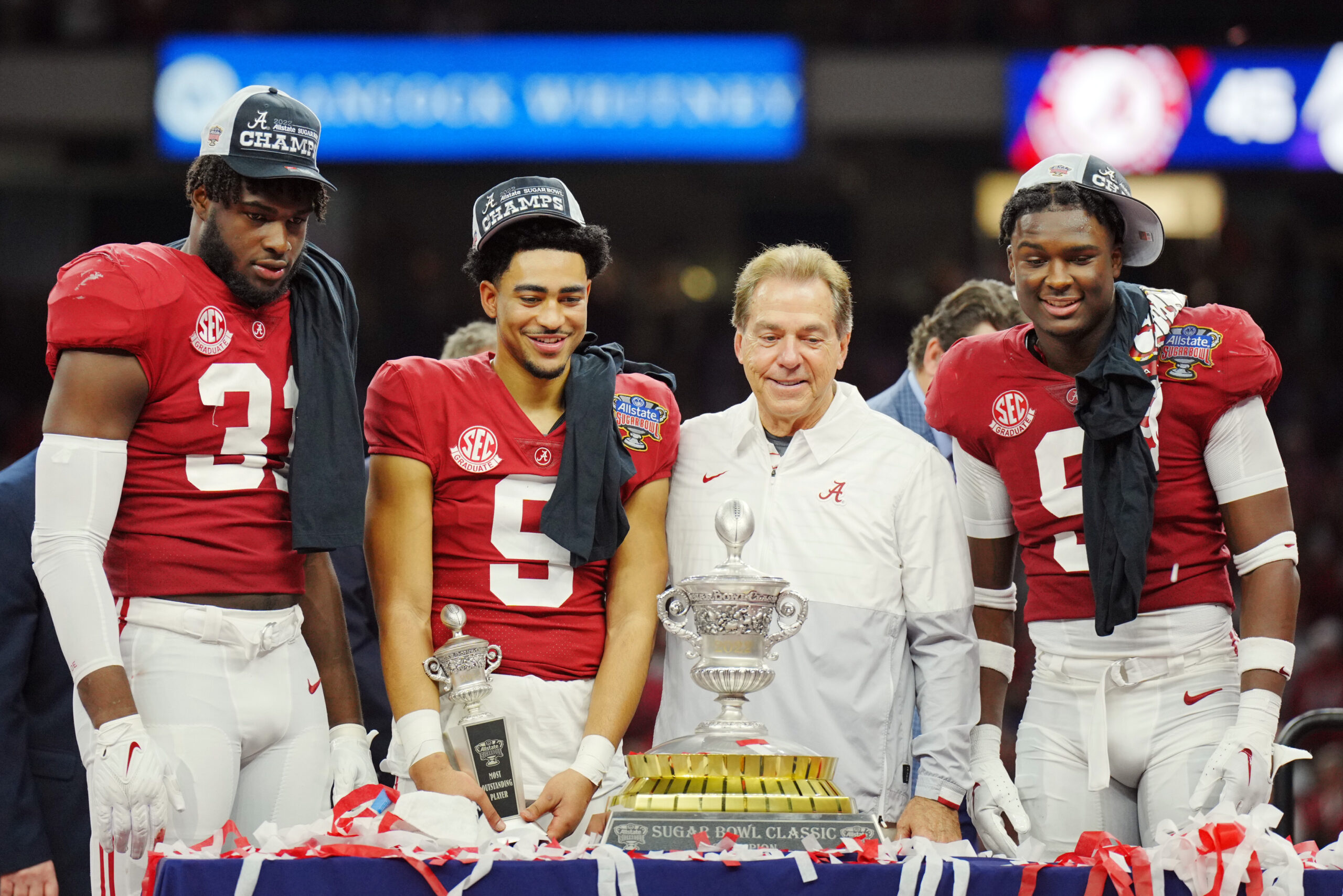
Certified Blue Blood: STATUS – SECURE
Alabama, Ohio State, Oklahoma, Southern California
There is no danger of these programs losing their blue blood status. Alabama and Ohio State have proven throughout time and then their recent runs of dominance in the 21st Century that their status is not in question.
Oklahoma had a hiccup last season, enduring their first losing season since 1998 and only their seventh losing season in 70 years. Their track record of collecting conference championships, national championships, Heisman Trophy winners, and major bowl wins keeps them in the conversation.
More Sports News
Southern California, who also possesses a very similar track record as Oklahoma in producing conference championships, national championships, Heisman Trophy winners, and major bowl wins, seems to be back on track with Lincoln Riley.

Certified Blue Blood: STATUS – NOT SECURE
Notre Dame, Michigan, Nebraska, Texas
While I do feel these four programs are certified blue bloods, their status of maintaining blue blood status is in jeopardy.
The way to think of this is to look at Minnesota.
In the first 60 years of the 20th Century, Minnesota won seven national championships. The peak of their dominance was between 1934 and 1960, when they won six national championships in a 26-year period. The Gophers remain the only program to win three consecutive national championships in a row between 1934-1936.
The thing is, because Minnesota has been irrelevant on the national scene for the last 60+ years, you will never see Minnesota on “blue blood” lists. Hence they lost them.
These four programs have amazing histories and are still considered blue bloods, but if they don’t start getting back to their dominant ways, their status is in jeopardy.
Notre Dame
No national championship since 1988. They haven’t won a New Year’s Six bowl since the 1994 Cotton Bowl against Texas A&M. Notre Dame’s record against Top 10 opponents during that span leaves a lot to be desired. Really need Marcus Freeman to start winning big games and championships to secure their status.
Michigan
As many Michigan haters love to point out, the Wolverines only have half of a national championship in the last 50 years. Wolverine fans will point to their lead in all-time wins. I clap back that 183 of their wins have come against non-FBS competition.
Some of these “highlights” include wins over Ann Arbor HS, Camp Grant, Detroit Industrial Team, Grand Rapids HS, a team called “Physicians & Surgeons” from Illinois, and the mighty Wolverines have a 6-12 record against Andy Bernard’s alma mater, Cornell.
Tread lightly on your wins lead, Michigan.
Jim Harbaugh has gotten Michigan back to winning Big Ten championships, much like his mentor and coach Bo Schembechler. But like his mentor, he manages to lose all the big bowl games, which doesn’t help them in trying to hold on to their blue-blood status.
Nebraska
Nebraska is slowly slipping away like Minnesota did a few generations ago.
They truly haven’t found anyone to be the worthy successor to Tom Osborne. Scott Frost went from claiming national championship glory at UCF to not being able to go to a bowl at Nebraska.
Matt Rhule, who has restored both Temple and Baylor programs during his time, is the latest to try to resurrect a struggling Nebraska program. His only question is if he does restore Nebraska’s program, can he sustain the excellence Huskers fans demand?
Texas
After Mack Brown’s decline with the Texas program, Texas has been trying to get back to where Brown had the program in the mid-2000s.
Steve Sarkisian seems to have all the pieces entering this season to really get Texas back, and even in more ways than Sam Ehlinger could scream.
Quinn Ewers looks like the real deal at quarterback, with Arch Manning learning behind him. On defense, linebacker Jaylan Ford looks like not only to be Big XII Defensive Player of the Year favorite, but All-American and Butkus consideration will be had.
An early test with Alabama can springboard Texas in a big way, giving the program a full head of steam going into the SEC in 2024.

NOT BLUE BLOOD – STATUS: BORDERLINE
Penn State, Tennessee, LSU, Georgia, Florida State
These programs, I feel, are classic college football programs and are borderline candidates for blue blood status but have not achieved all the prerequisites.
Penn State
Penn State is one of the most consistently good programs in college football history. Using a baseball analogy, Penn State is a power hitter that hits .300 every year, 30 home runs, and drives in 100 runs. They aren’t any more or any less, and in some years, their output has gotten them titles.
What hurts Penn State is their lack of championships, it does hurt they went unbeaten in four different seasons with no national championships.
If James Franklin can capitalize on the momentum he has built, Penn State might reel off some championships, and they would need to be re-assessed.
Tennessee
Another all-time program, Tennessee has a championship pedigree with six claimed national championships.
However, Since Doug Dickey’s 1967 national championship claim is that the Vols, like the Nittany Lions, have played stretches of very good football, they lack sustained peaks. The Johnny Majors and Phillip Fulmer eras produced some excellent teams, including a span of six top-ten finishes in seven years. But rarely have they had true dominance over a long period of time.
Josh Heupel seems to have reinvigorated a dormant program last year, and if he strings together some Playoff berths and championships, Tennessee will find itself being a blue blood again.
Florida State
Bobby Bowden once said during Florida State’s 50th anniversary that the Seminoles have accomplished more than most programs that have been around more than twice as long as the team in Tallahassee.
Consider the following:
- Michigan has been around nearly 50 years longer than Florida State. Michigan has played in just three more bowl games than Florida State, but the Seminoles have won eight more bowl games.
- Florida State has won more bowl games than Ohio State, Notre Dame, Nebraska, Florida, and Miami.
Considering Mike Norvell has FSU on the warpath again, it wouldn’t be surprising to see him get the program’s fourth national championship and claim as a blue blood.
LSU
The program boasts four national championships and has been a top team nationally in several different eras. Whether it was Paul Dietzel winning a national championship in the 1950s, Charles McClendon who won several major bowls, and in the 21st Century, coaches Nick Saban, Les Miles, and Ed Orgeron all winning national championships.
The Tigers are very close to punching that blue blood status ticket. If Brian Kelly can fulfill a career passion of winning a national championship, the claims will be justified, and hard to ignore four consecutive coaches all winning national championships.
Georgia
Kirby Smart has a chance to do something no coach has done since Bernie Bierman and the aforementioned Minnesota Golden Gophers — win back-to-back-to-back national titles.
The Bulldogs sit at four national championships, which include Wally Butts’ 1942 title and Vince Dooley’s 1980 championship.
Much like the other teams here, they are dangerously close, and considering how young Smart is and the level at which he is recruiting, he should get Georgia to blue-blood status in the very near future.
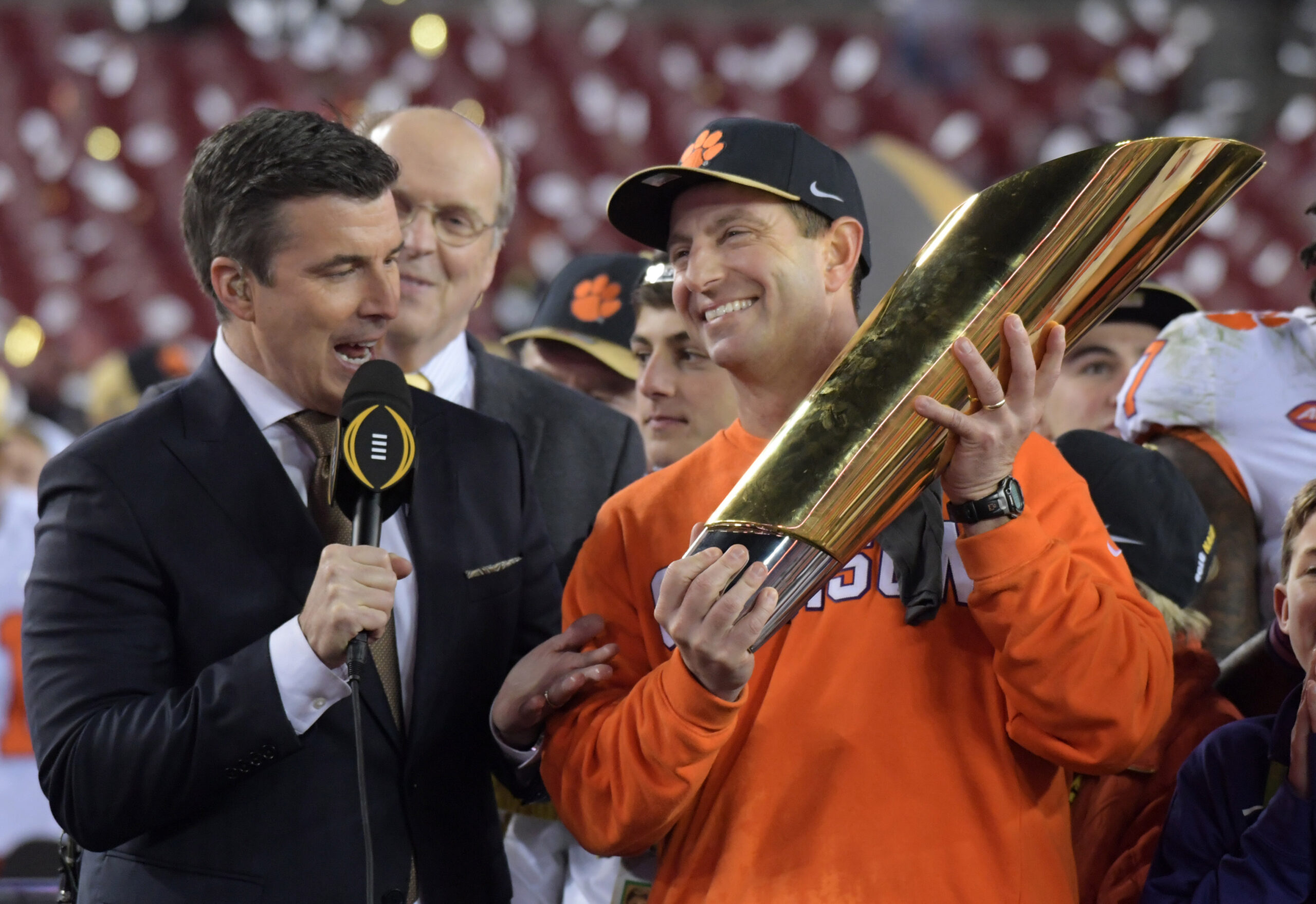
NOT BLUE BLOOD: STATUS – ACCESS DENIED
Clemson, Miami, Florida
You will see lists where the author tries to justify that these teams are blue bloods. Just say no.
Clemson
I debated whether having Clemson in the next tier up, I just feel the long mediocre play that was the end of the Frank Howard era all the way through Danny Ford and then post-Ford to Dabo Swinney is hard to ignore. I do feel that Swinney will get Clemson back among perennial playoff contenders, and jumping up to being close is easily attainable. For now, we just need to see more from Clemson.
Miami
I get that Miami has two incredibly great periods. The U teams of the 1980s-early 90s, and then the rebirth under Butch Davis that Larry Coker oversaw in the early 2000s, were some of college football’s most dominant teams.
Outside of that, however, there is a lot of mediocre to awful football. So even with such amazing peaks, the incredible valleys cancel them out.
Florida
Outside of Steve Spurrier and Urban Meyer, what do you see with Florida football? 0 national championships, 0 conference championships, and just a handful of SEC East division championships. They would be a carbon copy of South Carolina, and that isn’t worth blue blood consideration.
